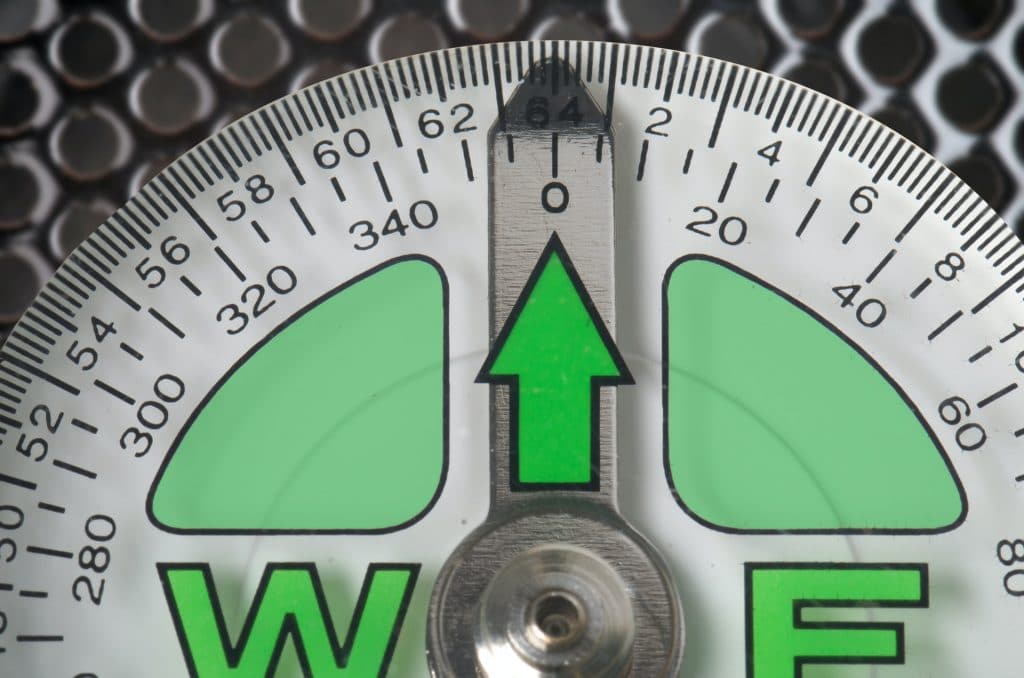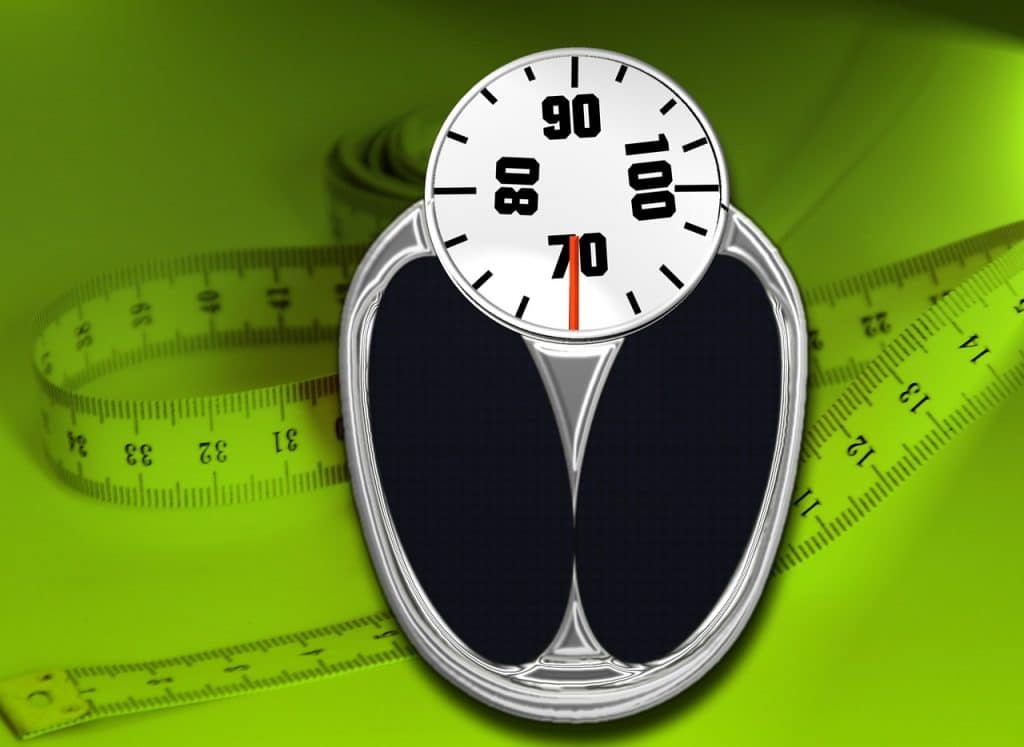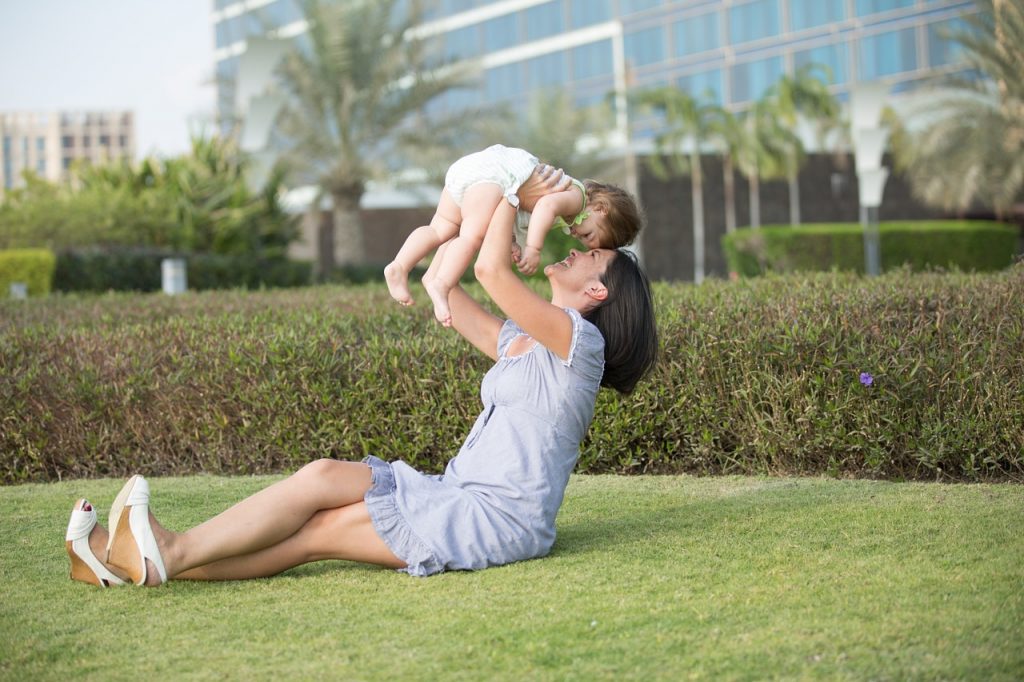If you’re a mom, chances are you’ve probably been asked by another mom how to weigh baby at home. You might have even had someone ask the same thing of you.
When you’re a new parent, it can be hard to know how much your baby weighs. This is because most new parents don’t have experience with babies and their little ones may not like being weighed.
Baby weight is an important factor in the growth and development of your child. With a few simple tools, you can weigh your baby at home with accuracy. The best way to measure your baby’s weight is to use a small scale that weighs in grams (not ounces).
Luckily there are many different ways that you can weigh your infant at home and find out what they weigh without having to go to the doctor’s office! In this blog post, we will talk about 4 easy ways that you can measure the weight of your baby at home.
When it comes time to weigh baby at home, you have a variety of options: your kitchen scale, the bathroom scale (you’ll need extra weight for that), or a specialty scale. When using the kitchen and specialty scales, tare them before taking the weight of your little one. For parents who want to measure their baby
Not all baby scale can measure small weight changes. But they are not allowed to round to the nearest pound or fraction of a pound. 
In This Article
4 Ways to Weigh Your Baby at Home:
You can use a bathroom scale, kitchen scale, or even buy a special baby scale to weigh baby at home. There are many ways of doing this!
1. Kitchen Scale: Place one plate on the scale, then place your baby on top of it. When you see that both have balanced out, remove the plate from the scales and measure how many pounds are left for your little one in weight.
2. Bathroom Scale (with extra weight): Hold a small object with an ounce or two in your hand and place it on the scales. Next, place your baby on top of that object before lifting one foot from the scale to measure how much they weigh.
3. Specialty Scale: Choose a digital or mechanical scale that is made for infants under 20 pounds with either an infant platform or attachment. Place your child’s feet against the footpad and their head against the head pad before stepping on the scales.
4. Height Chart: You can use a measuring tape to measure your child’s height to get an idea of how much they weigh. Then, you can use this information to calculate how much they should be in pounds by using our baby weight calculator!
What should I do?
The best time to weigh your baby is in the morning, before breakfast, and after a diaper change. Place them on their back with arms at their sides, feet together, and head straight up. Make sure to center your baby on the scales and make note of their weight.
If you are using a kitchen scale, tare it before measuring your little one’s weight. When weighing an infant with extra weight for bathroom scales or a specialty scale, place feet against footpad and head against head pad before stepping onto scales. Stand on scales and place your infant onto the platform or attachment in front of you.
If you use a height chart to measure your baby’s weight, it is best done during their first year while they are growing rapidly because this number will change as they grow for each month after that. First, find out how tall your child stands with their feet against a hard floor and their back straight, then measure that distance with the measuring tape. Take your child’s height in inches and divide by 12 to get how many pounds they should weigh.
Baby weight is something that you want to stay on top of for both safety reasons as well as developmental ones like making sure your baby is eating enough. It can be hard to know how much your baby weighs, as it is sometimes difficult for new parents without experience with babies or their little ones may not like being weighed.

How do I estimate my baby’s weight?
If you have access to a height chart, measuring tape, and scale – or even just the scales themselves – use these items for estimation. Measure your baby’s height in inches with the measuring tape and then divide that number by 12 to get their weight in pounds (yes, this is an estimate!).
Calculate Your Baby’s Weight: If you don’t have the items to estimate your child’s weight, but do have access to a scale that can measure infants under 20 pounds and an infant platform or attachment – use these two things for measurement. Place their feet against the footpad and head against the head pad before stepping onto scales. Stand on scales and place your infant onto the platform or attachment in front of you.
If You Don’t Have A Scale: If you don’t have access to a scale for measuring babies under 20 pounds, it’s best to weigh them when they are one year old because this number will change as they grow older and taller each month after that. Find out how tall your child stands with their feet against a hard floor and back straight before measuring that distance. Take the height in inches, divide it by 12 to get pounds, then add or subtract weight as needed.
How Often you should Weigh your Baby?
Weigh your baby as soon as possible after the first 2 weeks (no more than once a month up to 6 months of age). then no more often than every 2 months from 6-12 months of age. finally, weigh your child no more often than once per 3 months over the age of 1.
If you would like to know the weight of your infant, I recommend following NHS guidelines as realistically as possible by weighing your baby every week. This is after speaking with a pediatrician about worries for concern which may come up based on age or growth .
Weighing your baby more than once a week might unnecessarily worry you, as the numbers may make it seem like your baby is not gaining weight even if he actually has. Wait two weeks until weighing again and trust me, this stress free time is nothing to get hung up about!
Some parents also weigh and measure their babies at home. But it is best to let the doctor or nurse do this. They know how to do it right and they can fill out the chart for you.
Getting accurate measurement of baby weight is important in order to monitor weight gain for health purposes. We recommend using the same scale every time you weigh your infant and use a special measuring tape that will help ensure an equivalent reading for each child.
How do I know if my baby is gaining weight?
If you are worried about whether or not your little one is getting enough food, it can be difficult to tell if they have gained any weight. It’s important to know that your little one will have a different growth pattern than other children, which can make it hard to weigh their weight. If you are still concerned about how much they eat or if they don’t gain any weight, talk with your pediatrician and discuss how much your little one eats. They may recommend that you start measuring out their food to make sure they are getting enough of it!
How Much Weight Should Newborns Gain Each Week?
Newborns should be back to their birth weight by two weeks and then they should gain about 5-7 ounces each week for the first four months.
Around four months old, the way you feed your baby can affect what the weight-to-age standards are. The World Health Organization (WHO) just created new charts that show growth standards for babies who are breastfed. But most places still use the old charts (which consider weight gain ranges for babies who were only fed formula).
You should tell your doctor how you feed your baby so that they can advise you on what to expect with weight gain.

What if my infant has gained too much weight?
If an infant starts gaining weight at a much faster rate, or if their weight starts to stay the same even though they are eating more food and growing taller, this could mean that they have an underlying condition.
Another important point for moms new to breastfeeding is that oversupply problems are rare unless they cause some issues for mom or baby. And if the problem persists or you have health concerns, continual breastfeeding becomes even more vital.
Conclusion
If you’re looking for a how to weigh baby at home and don’t want to have them weighed by someone else, there are some guidelines that can help. The key is making sure they aren’t too hot because this could make them uncomfortable.
You’ll also need to change their diaper before weighing which may cause the scale to read heavier than it actually should be. Make sure you use a high-quality digital scale that’s accurate down to 1/2 pound or even less if possible when measuring your little one. These tips will allow parents like yourself who might not know how much their child weighs and would prefer doing so on their own terms with no outside interference from another person helping out!











